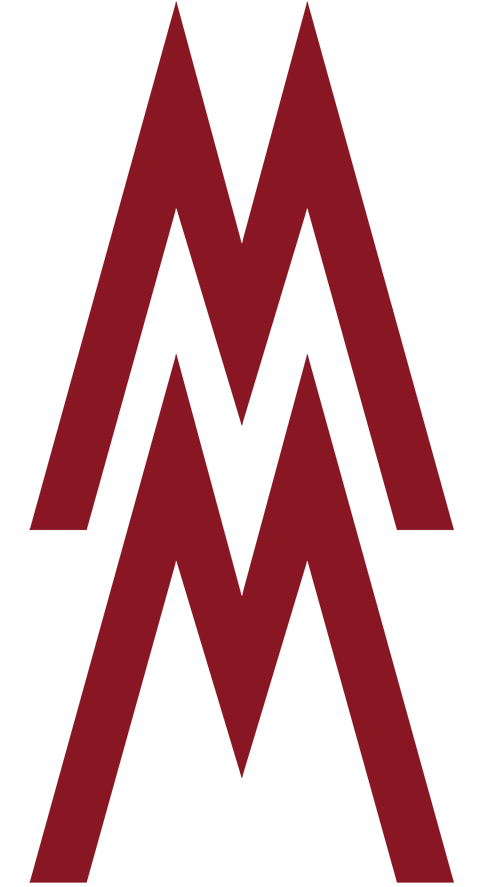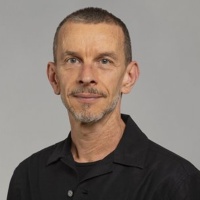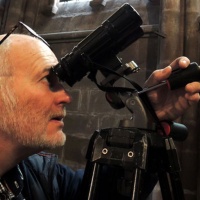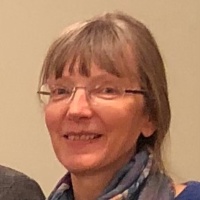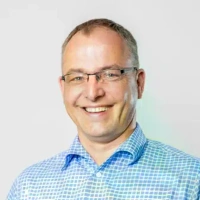The VDR is hosting a panel discussion at the "denkmal" trade fair on Friday, November 8, 2024. The focus will be on EU regulations that influence the preservation of our cultural heritage. The panel of high-profile speakers will discuss the origins of these regulations and how they make it more difficult to preserve our cultural heritage. We also want to shed light on what paths can be taken in future to ensure the preservation of our cultural heritage in the future and at the same time stand up for the health and environmental protection that is of course necessary.
Our guests will start the discussion after short keynote speeches:
Bill Landsberger, Rathgen Research Laboratory
on the ban and re-authorization of in-situ generated nitrogen
Prof. Dr. Ivo Rauch, President of the International Committee for the Conservation of Stained Glass
on the application of the lead ban in the heritage sector
Dr. Bettina Hosseini (Seminar E)
on the continued use of sulphuryl difluoride in the cultural heritage sector
Julian Schmid, Bavarian State Office for Monument Preservation
on the perspective of monument preservation and restoration
Marco Müller, GROLI
from the perspective of the pest controllers
The current situation:
The bans on hazardous substances recommended by the European Chemicals Agency (ECHA) have for years been at the center of a debate that concerns all those who are committed to preserving our European cultural heritage.
With its mission to reduce risks to humans and the environment, the European Chemicals Agency (ECHA) has recommended a series of bans to the EU Commission, which unfortunately have far-reaching consequences for the preservation of our cultural heritage.
Those who work in museums and heritage sites on a daily basis are particularly affected. For them, the bans proposed by the ECHA are more than just regulations - they prevent methods that protect and preserve valuable works of art and historical artifacts.
A look at recent years shows how serious the impact of these bans can be without exemptions. When the ban on in-situ generated nitrogen came into force in 2017, there was a huge outcry, as this meant that a non-toxic and substance-friendly method of pest control with few exceptions could no longer be used for years to come. The re-legalization of in situ generated nitrogen kept experts in Germany and at European level busy for several years. The situation was similarly dramatic in 2023, when the lead ban was imminent and the affected professional groups, including monument conservators, restorers and instrument makers, were once again forced to formulate objections.
But that's not all: a decision is currently being made on whether sulphuryl difluoride may continue to be used for pest control in the art sector. This agent is also indispensable for museums, collections, heritage conservation and churches in order to protect buildings and works of art from pest infestation. Adequate substitutes are not currently available. There are also no recognizable alternatives in the international context.
.
.
.
Notice
The program in the KULTURERBE-Forum will be translated into English or German by Video.Taxi AI. You have two options to follow the translation on site:
1. transcribed translation on your cell phone:
You can access the automatic translation in text form directly on your smartphone via the
Video.Taxi
website. If you have headphones, you can also follow the translation via them.
2. Translation via headset (beta version):
Headsets are available for translation as sound. Please contact our colleague at the headset issue desk.


